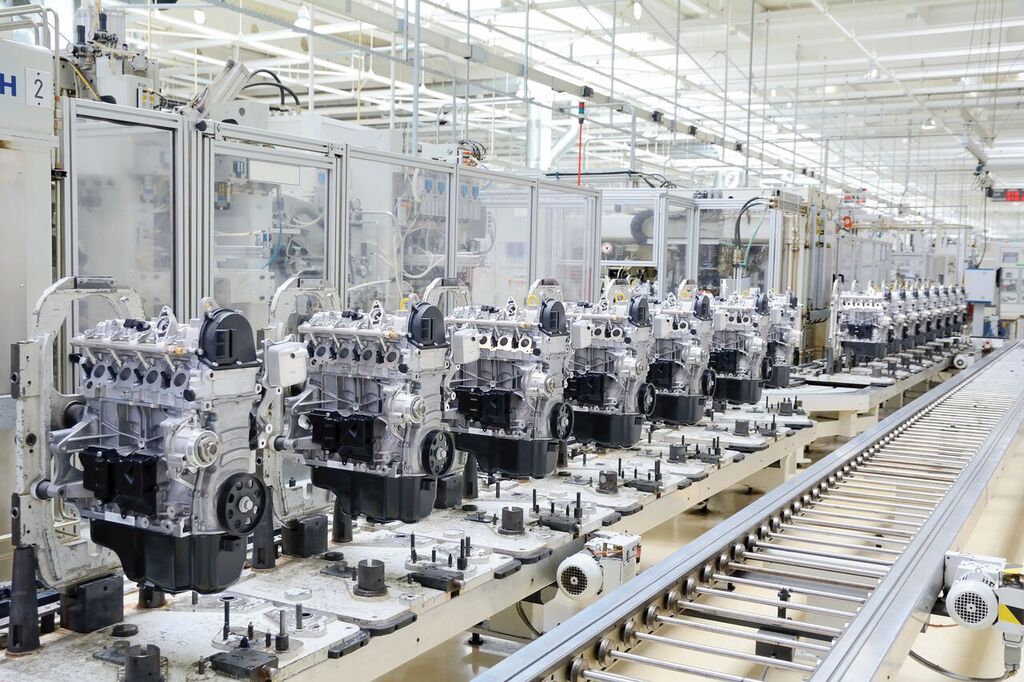
Companies that have not yet implemented lean concepts into their current practices may find it daunting, especially since lean aims for perfection and waste elimination. When a business has a significant amount of room for process improvement, companies may feel overwhelmed and unsure where to begin. As tackling all areas of improvement at once is not feasible, it can be difficult to prioritize. Integrating the Theory of Constraints (TOC) into the equation, however, pinpoints exactly which area needs the most improvement and can add the most value to the company.
Where TOC and Lean Meet
While Lean is a school of thought and TOC is a methodology, both use a "pull" system to keep on-time delivery consistent. Furthermore, applying these concepts is not a one and done process. Both styles require continuous improvement to promote ongoing operational efficiency. Before any improvements are made, however, the staff must have an in-depth understanding of the manufacturing process flow down to every painstaking detail. Once the value of each step of the production process is mapped, stakeholders can begin to implement changes that enhance the product's value both to the manufacturer as well as from a customer's perspective.
Key Differences
Lean and TOC also differ in certain areas. For example, lean inherently segments a company into individual parts that can each be analyzed and improved. TOC, on the other hand, focuses on a single constraint that can be improved and benefit the company holistically. While both systems aim to promote efficiency, each does it a slightly different way. Namely, lean's focus on reducing lead time and inventory to cut waste provides benefits in the form of less inventory and removing any non-value driven tasks in a process. TOC also focuses on reducing lead time and inventory but for different reasons. The Theory of Constraints aims is to improve capacity, throughput, and essentially, develop a greater competitive edge.
A TOC-Lean Approach
When implementing a hybrid approach, data analysis is imperative, whether it be through a value stream map or another detailed aggregation of relevant data on the limiting factors. Employee training will also be needed to understand both TOC and lean principles. Once data has been collected for company processes, a detailed plan of the hybrid implementation process can begin. Throughout the implementation process there must be a supervisor or mentor that can quickly answer questions regarding strategic direction and overcome any obstacles.
Drum Buffer Rope
TOC maximizes the constraint capacity through a drum-buffer-rope approach (DBR). The drum in this approach is the pace of production set by the constraint. The buffer ensures there are enough resources in the case of an unexpected capacity change. The rope in this scenario ensures that production flows in an efficient manner by introducing new work once the constraint finishes its current task. As the old adage goes, "a chain is only as strong as its weakest link." Implementing a hybrid approach enhances the manufacturing process moreso than using lean or TOC alone. Companies effectively realize improvements with lead time reduction, lower inventory and utilizing resources to their maximum potential.
Related Lean Manufacturing Video
APS Resources
Topics: Lean Manufacturing, capacity, theory of constraints




















LEAVE A COMMENT